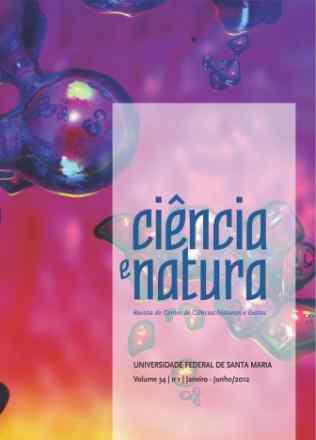ELECTRODEPOSITION AND CHARACTERIZATION OF PALLADIUM NANOSTRUCTURES ON STAINLESS STEEL AND APPLICATION AS HYDROGEN SENSOR
Ciência E Natura
ELECTRODEPOSITION AND CHARACTERIZATION OF PALLADIUM NANOSTRUCTURES ON STAINLESS STEEL AND APPLICATION AS HYDROGEN SENSOR
Autor Correspondente: Hamid Heydari | [email protected]
Palavras-chave: electrodeposition, palladium nanostructures, cauliflower-like morphology, amperometric hydrogen sensor, stainless steel
Resumos Cadastrados
Resumo Inglês:
Palladium nanostructures have been deposited onto the stainless steel electrode by simple electrochemical deposition method in a buffer solution. The morphology of the synthesized Pd nanoparticles is controllable by deposition potentials because the driving force for various crystal growth mechanisms is merely dependent on applied potentials. The deposited Pd nanoparticles at higher applied potentials showed a cauliflower-like morphology with a nanoscale structure and large surface area. Then, an amperometric hydrogen sensor based on Pd nanoparticles can be constructed. This sensor is based on polymer electrolyte membrane fuel cell (PEMFC) and can be used at the ambient temperature. It is operated in the three-electrode mode that consists of three electrodes (working, counter and reference) and protonated Nafion membrane as proton conducting solid polymer electrolyte (SPE). The steady-state current response is obtained linearly to the concentrations of hydrogen from 50 to 2000 ppm, when a fixed potential of 0.2V is applied to the sensor. Typical factors that influence the performance of the sensor are analyzed and discussed. The simple and inexpensive hydrogen sensor fabricated shows low LOD (10 ppm, based on S/N = 3), wide linear range (50-2000 ppm) and short response time (10-40 s).

